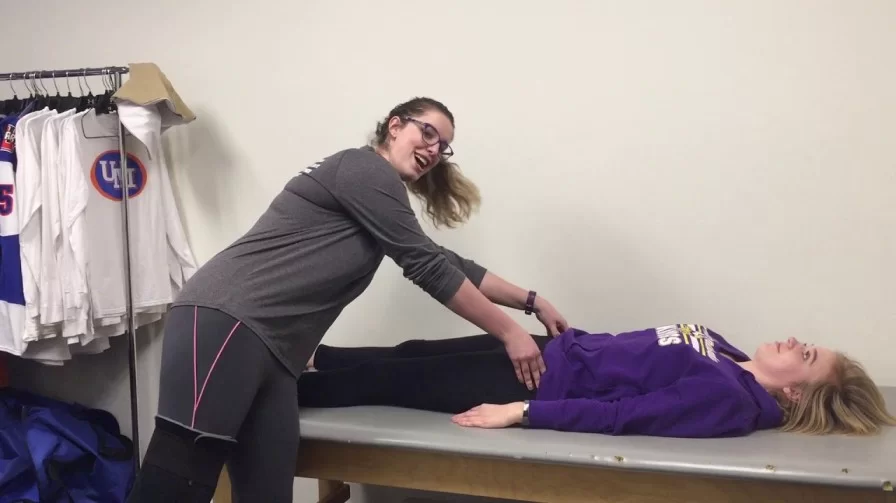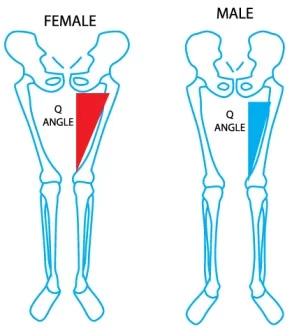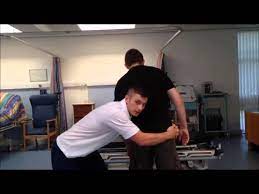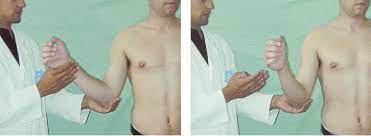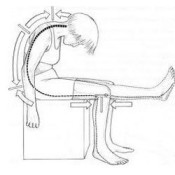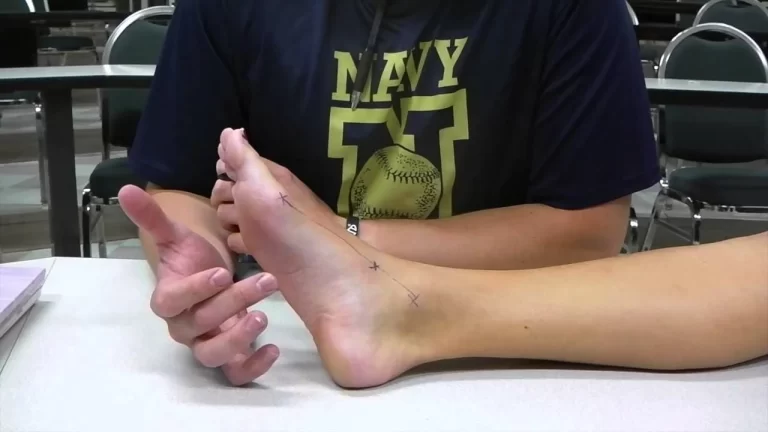Special test for muscle tightness or pathology
- These tests are applied by the to therapist check the tightness of the muscle of the hip.
- It is applied in the clinic to examine part of the assessment.
- This test checks the leg length.
Purpose of both special tests for muscle tightness :
- Both tests are used to the length of the muscle of the hip.
- These tests also check the lengthening of the limb.
- It checks the tightness of the muscle of the hip.
- Special test for muscle tightness or pathology.
Name of the special test for muscle tightness :
- Abduction contracture test
- Adduction contracture test
Abduction contracture test :

- This test is used to test the length of the abductor muscles [ gluteus medius &minimus] of the hip.
The technique of this test :
- The patient lies supine with the ASISs levels.
- If a contracture is present, the affected leg forms an angle of more than 90′ with a line joining each ASIS.
- If the examiner then attempts to balance the lower limbs with the pelvis, the pelvis shifts down on the affected side or upon the unaffected side, & balancing is not possible.
Result of this test :
- Normally, hip adductions should be about 30′ before the ASIS moves.
- If the ASIS moves before this, the abductors are tight if a muscle stretch end feel is felt.
- This type of contracture can lead to a functional lengthening of the limb rather than true lengthening.
Adduction contracture test :
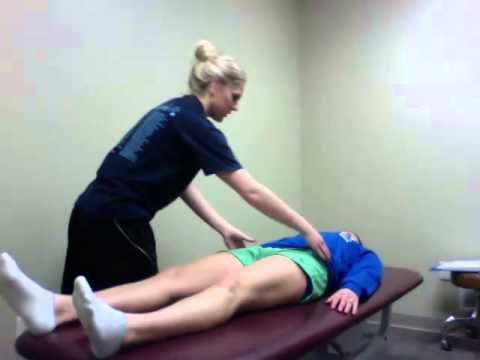
- This test is designed to test the length of the adductors muscles [ adductors longus, adductors brevis & adductors mangus,&pectineus ] of the hip.
The technique of this test :
- The patient lies supine with the ASISs level.
- The examiner is easily balancing the pelvis on the legs.
- The balancing implies a line that is joining the ASIS perpendicular to the two lines formed by straight legs.
- If a contracture is present, the affected leg forms an angle of less than 90′ with the line joining the two ASISs.
- If the examiner then attempts to balance the lower limb with the pelvis, the pelvis shifts upon the unaffected side or down on the unaffected side,& balancing is not possible.
Result of this test
- Normally, hip abduction should be 30′ to 50′ before the ASIS moves.
- If the ASIS means anterior superior iliac spine moves before this degree, the adductors are tight if muscle stretch is felt in end feel.
- This type of contracture can lead to functional shorting of the limb rather than true shorting.
In children test :
- Parents, especially children, with adductor spasticity may also be tested by abduction.
- The patient is supine.
- The examiner then quickly abducts the leg.
- If there is a grab or kicking in of the stretch reflex at less than 30′, the test for adductor spasticity is considered positive.
- The test should be repeated with the knee flexed to rule out medial hamstring contracture.

